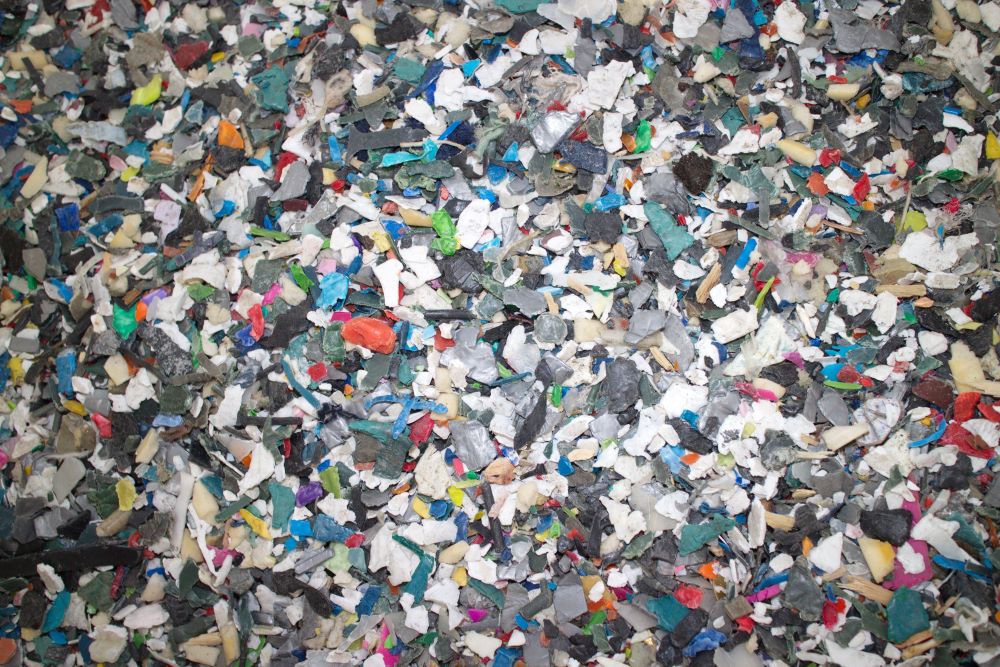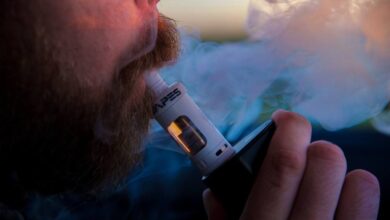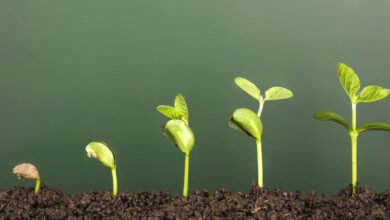PET (polyethylene terephthalate) is a type of plastic nearly all of us are familiar with. It’s one of the most commonly produced plastics globally. It also happens to be the most recycled plastic in the world. Here in North America, PET continues to dominate the plastic recycling playing field.
The recently released ‘2022 PET Recycling Report’ shows that PET recycling held steady in 2022. Although the rate fell slightly in the U.S. for 2022, the rate for North America held at 37.8%. Meanwhile, demand for recycled PET (rPET) remained strong.
Bottles and Food Packaging
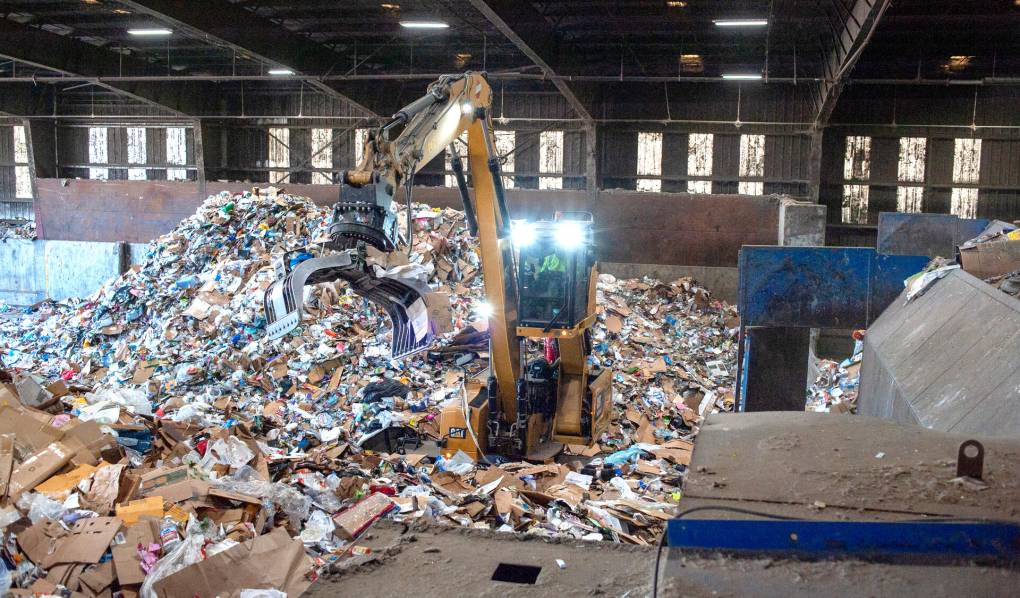
PET is a fantastic material for all sorts of packaging purposes. It is especially popular in food manufacturing because it is hygienic and flexible. PET is used extensively as a packaging for processed foods. It’s also the primary material from which water, juice, and soda bottles are made.
According to the report, the majority of PET recycling in North America is related to beverage bottles. That makes perfect sense. Plastic bottles can be easily rinsed and then baled prior to recycling. On the other hand, PET food containers may need a bit more attention so that food contamination doesn’t make an entire load of plastic unusable.
We Can Do a Better Job
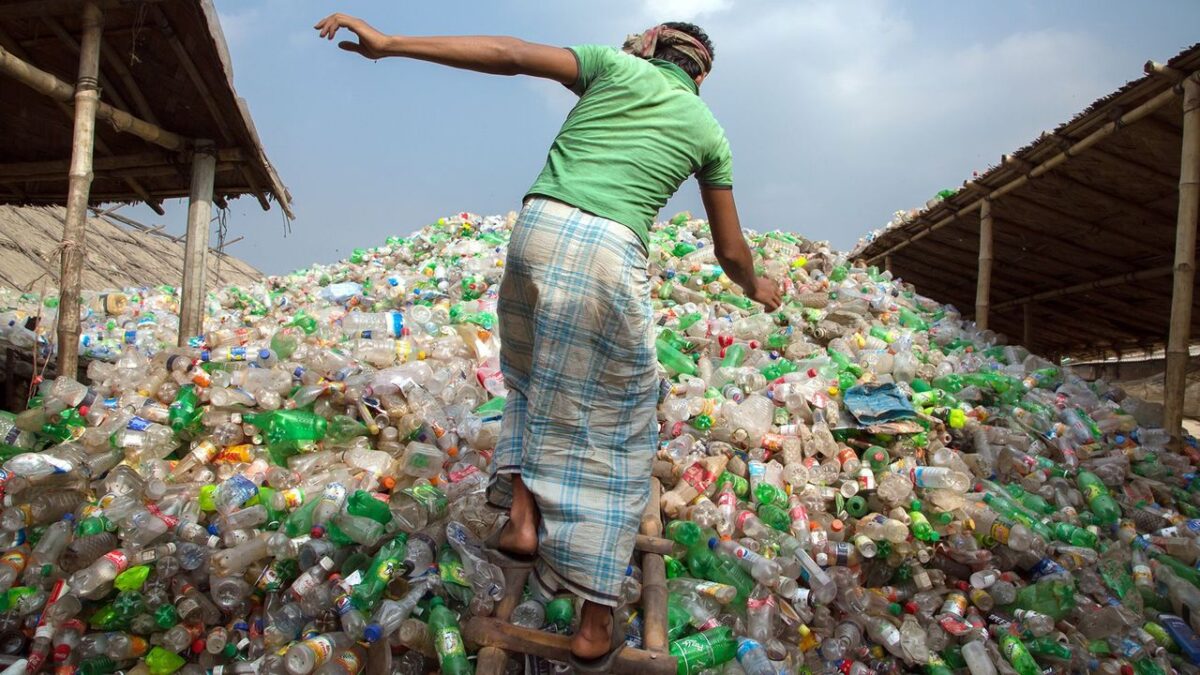
The report also makes it clear that we can do a better job of recycling plastic throughout North America. Obviously, America has no control over how Canada and Mexico approach recycling. But if we could improve how we do things here, we could make a real difference.
Improving recycling rates in the U.S. requires an effort from:
- Manufacturers – Manufacturers can do a better job of designing parts and packages that don’t combine more than one type of plastic. They can limit their use of dies. They can work on developing inks that won’t contaminate plastic during recycling.
- Packagers – Manufactures that package with plastic can do many of the same things as plastic manufacturers. Perhaps the biggest concern is finding ways of making sure plastic packages are not contaminated through manufacturing processes.
- Consumers – Consumers can do a better job of sorting and cleaning plastics before making sure they get to the proper recyclers. Obviously, the practice of throwing plastic away doesn’t work if we want to increase recycling rates.
Consumers bear arguably the most responsibility in all of this. We like to blame the plastics industry and manufacturers for plastic pollution, but that blame belongs with us. Comparing post-consumer with post-industrial plastic recycling demonstrates as much.
Sorted and Cleaned Before Pickup
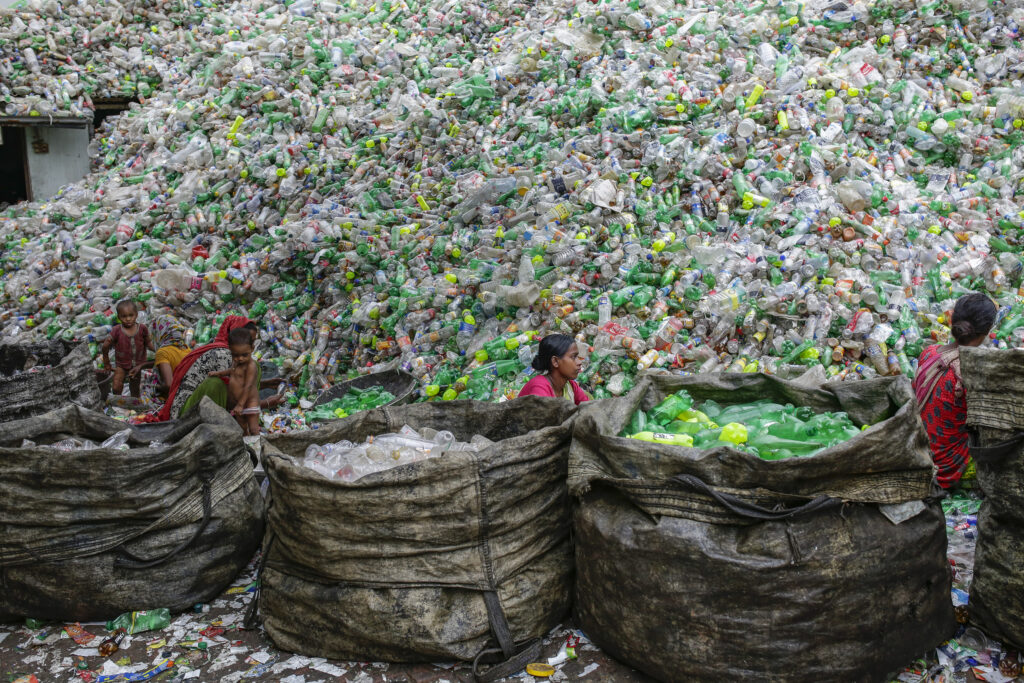
Seraphim Plastics is a Tennessee company that buys and recycles industrial scrap plastic in seven states. The key to their success is buying only sorted and cleaned plastics. Industrial waste producers handle the cleaning. They handle the sorting. When Seraphim Plastics picks up a load, they know they won’t be cleaning and sorting back in their processing facility.
Municipal post-consumer recycling has been largely a failure because consumers throw everything together before recyclables are trucked off to a sorting facility. We combine everything so that trash haulers can turn around and sort it all again. We also don’t do a very good job of cleaning the plastics we recycle.
If we cleaned and sorted the same way industrial customers do for Seraphim Plastics, municipal recycling could become profitable. Imagine the cities and towns that would begin doing it again if that were the case. That happening is a long shot, but at least we can take solace in the fact that PET recycling remains steady in North America. If nothing else, we are recycling PET the ton.

